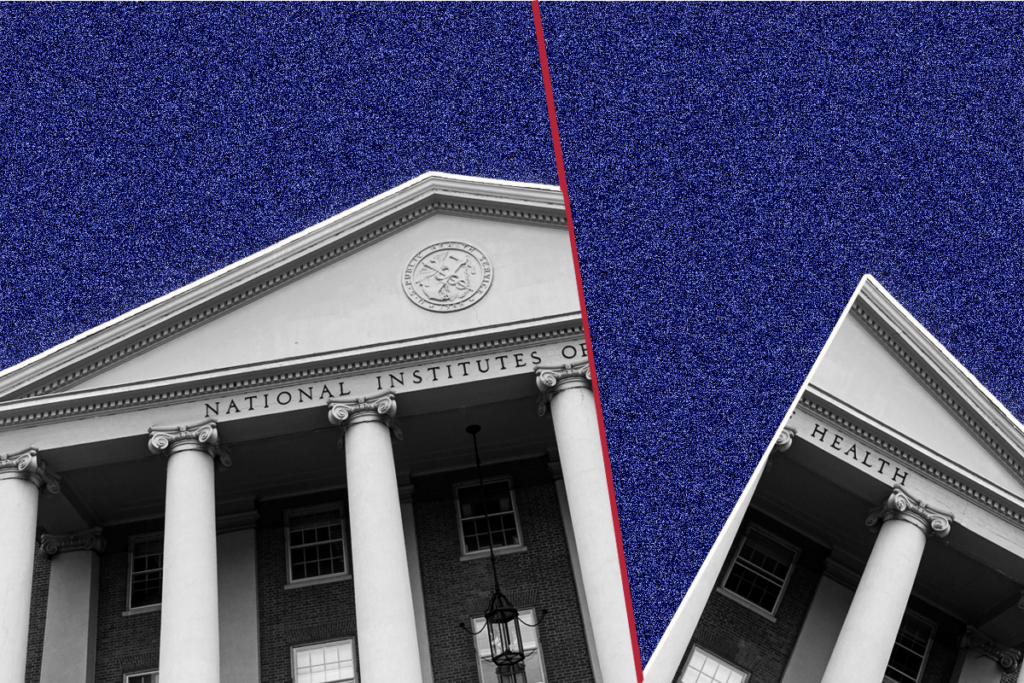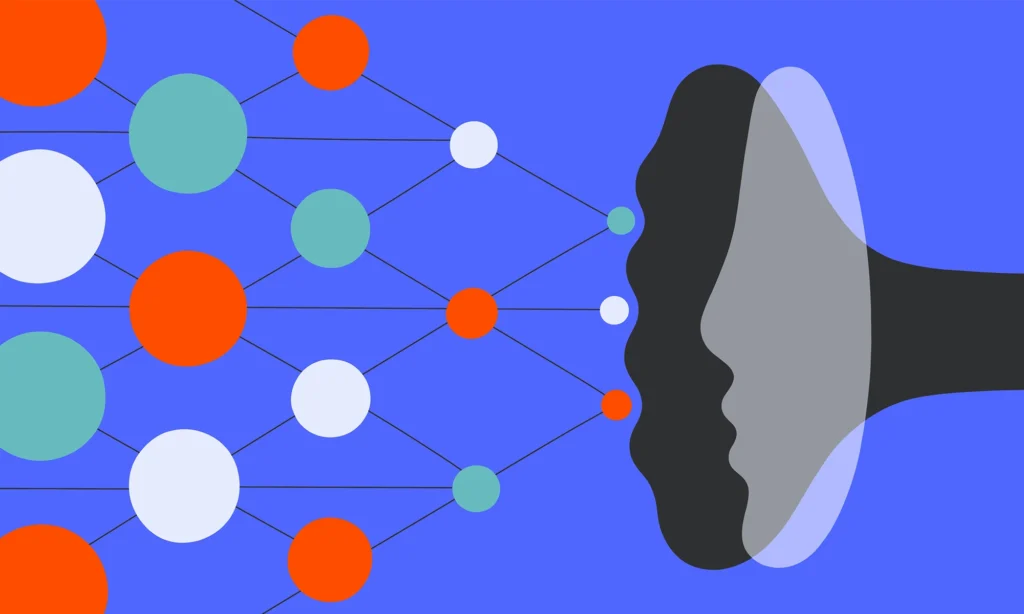Science thrives on diversity—of thought, background and experience. With that in mind, federally funded diversity grants were designed to increase the participation of underrepresented minorities in STEM fields in the United States. Specifically in neuroscience, federally funded programs such as the NIH Blueprint Diversity Specialized Predoctoral to Postdoctoral Advancement in Neuroscience (D-SPAN) Award and ENDURE have made strides in improving diversity and inclusion within the field. These grants provide financial support for hundreds of students from underrepresented backgrounds across upward of 30 academic institutions in the U.S. They are essential avenues to train researchers and support scientific infrastructure within the U.S.
But as targeted attacks on both federally and even some privately funded diversity, equity and inclusion (DEI) initiatives gain momentum, researchers must rethink how they advocate for and sustain an inclusive scientific community. The reality is clear: The landscape of inclusivity in science has shifted, and scientists must adapt and take action or risk losing ground on all of the progress made.
Discussions about how to safeguard diversity and inclusion funding in science are taking place in almost every academic institution across the country. Lately, I’ve had multiple insightful conversations with colleagues in my department and across my university. And at a neuroscience conference I attended a few weeks ago, I moderated a diversity and inclusion “power hour,” in which neuroscientists from all career levels brainstormed ways our community can work to preserve the future of inclusive research funding. Here, I share some actionable steps I’ve gathered from these interactions.
F
irst, neuroscientists need to adjust the language we use when we write grants. For inspiration, we can look to how academic institutions have responded to Supreme Court rulings that redefined the legal landscape for diversity and inclusion policies in admissions. The rulings limit explicit racial consideration, but institutions can still evaluate an applicant’s lived experiences—such as socioeconomic hardship, rural upbringing or first-generation status—if they are framed in a broader context of resilience and opportunity. Researchers can similarly use in their grant writing alternative language that highlights stories of resilience and surmounting barriers that limit access to science. Principal investigators (PIs) must take on the responsibility of teaching trainees how to incorporate such personal narratives into their proposals. These narratives remain legally protected and can be strategically employed in grant applications.Neuroscientists must also get better at communicating how inclusive research funding contributes to the financial infrastructure of academic institutions and local economies. One of the most powerful tools we as scientists wield is our ability to collect compelling data. Policymakers are often swayed by economic impact studies and job creation metrics. Researchers can therefore leverage their analytical skills to showcase the tangible contributions that science supported by federally funded diversity and inclusion grant programs has made to local economies through job creation.
In my neuroscience department alone, every grant dollar earned is matched by an extra 60 cents in indirect costs that support the salaries of employees who work throughout the institution. Without the funds brought in through federally funded grants, including those focused on training diverse students, these jobs would decrease dramatically in number or cease to exist entirely. By quantifying these contributions, we can strengthen the case for sustained, equitable investment in science, influencing policymakers to dedicate additional funds at the local level through state-funded programs.
Neuroscientists can also encourage their institutions to step up and protect funding by all viable legal means. Universities must be prepared to engage their legal counsel—or external legal teams—to challenge grant cancellations. Legal avenues include constitutional arguments based on academic freedom, contractual disputes over pre-existing funding commitments, and advocating for state-specific protections for inclusive research funding. With several lawsuits already underway, the universities that proactively assert their rights now will be better positioned to sustain inclusive research programs in the future.
W
ithin individual labs, maybe now more than ever, PIs need to form contingency plans and be ready to support students previously funded by DEI grants, to identify alternative funding sources and to shift their financial strategies accordingly. Transparency from PIs to their trainees and postdoctoral researchers about funding realities will be essential to maintaining trust and morale within research teams.Transparency also provides a key opportunity for mentoring in the changing landscape, because it can empower trainees to make informed decisions about their careers moving forward. PIs must also start communicating directly with program officers at alternative funding agencies who can provide insights into evolving funding strategies and opportunities.
At the more grass-roots level, departments and research labs must prepare for the cascading effects of funding shifts and can foster advocacy through local initiatives. Hosting “power hours” or “town hall” meetings to discuss challenges can galvanize faculty and students into collective action. Departments and labs can organize “letters and lunch” campaigns, in which students write to Congress over a slice of departmentally sponsored pizza. Students and faculty can double down on their efforts to integrate discussions about the importance of inclusivity in research.
It is now more important than ever to emphasize that inclusivity is necessary for rigorous and ethical scientific practice and to show the detrimental effects of its absence—for instance, how the historic exclusion of female animals in preclinical research led to gender-based disparities in the outcomes of clinical trials.
The scientific community is at a crossroads. This is not just about funding; it is about the integrity and future of the neuroscience field. By adapting thoughtful communication strategies, refining our language choices and mobilizing institutions to protect funding, neuroscientists can help to ensure that inclusivity remains a cornerstone of scientific progress.
This work was written outside of the author’s role as assistant professor of psychology at Rutgers University and does not necessarily reflect the views of his employer.






